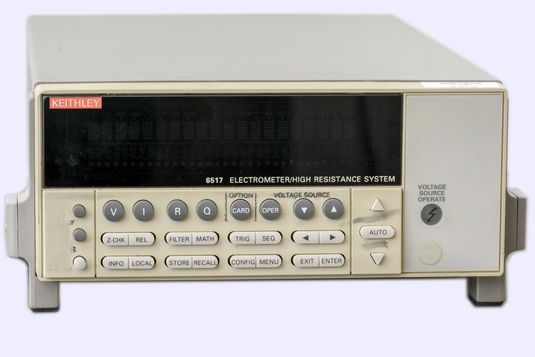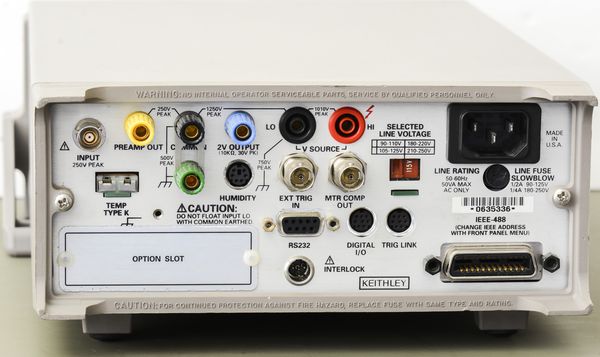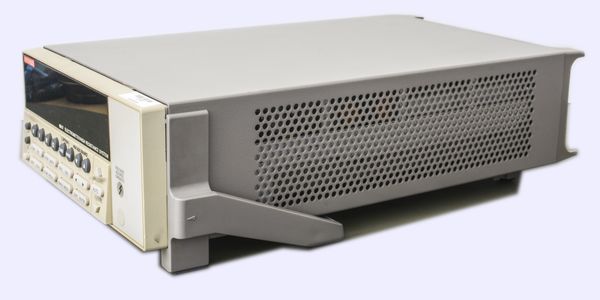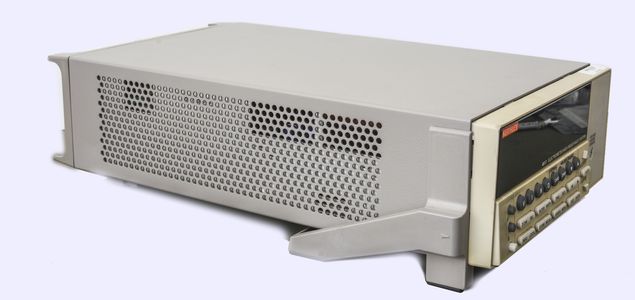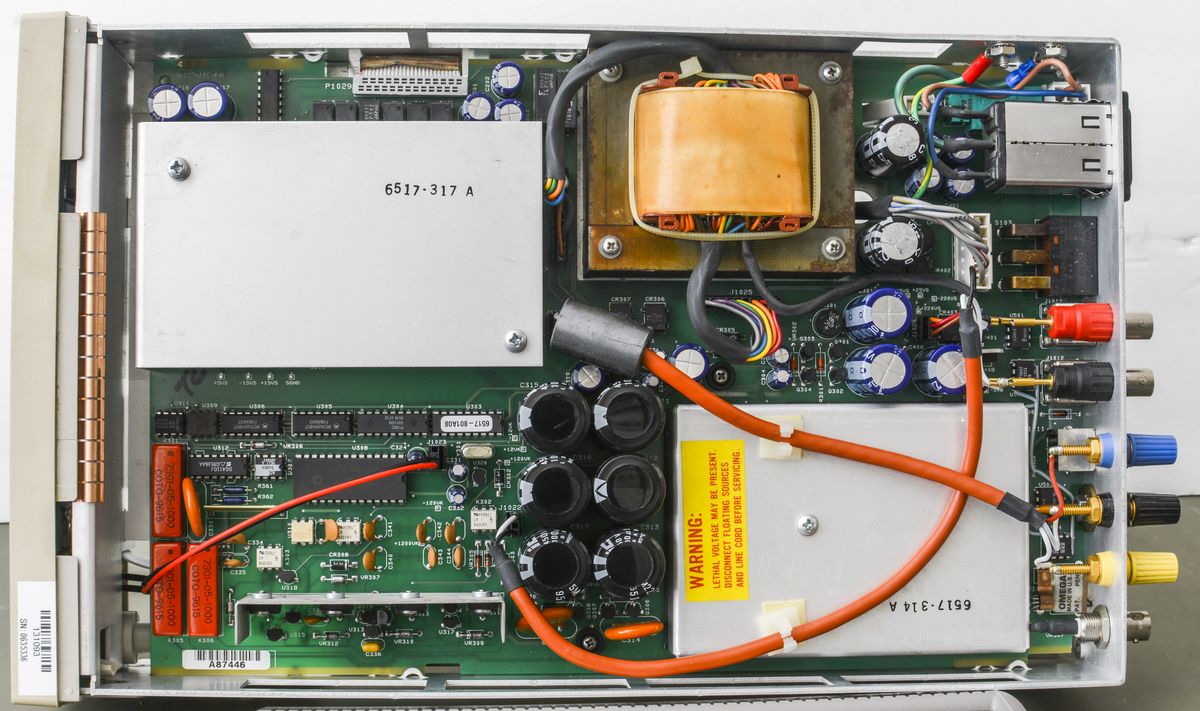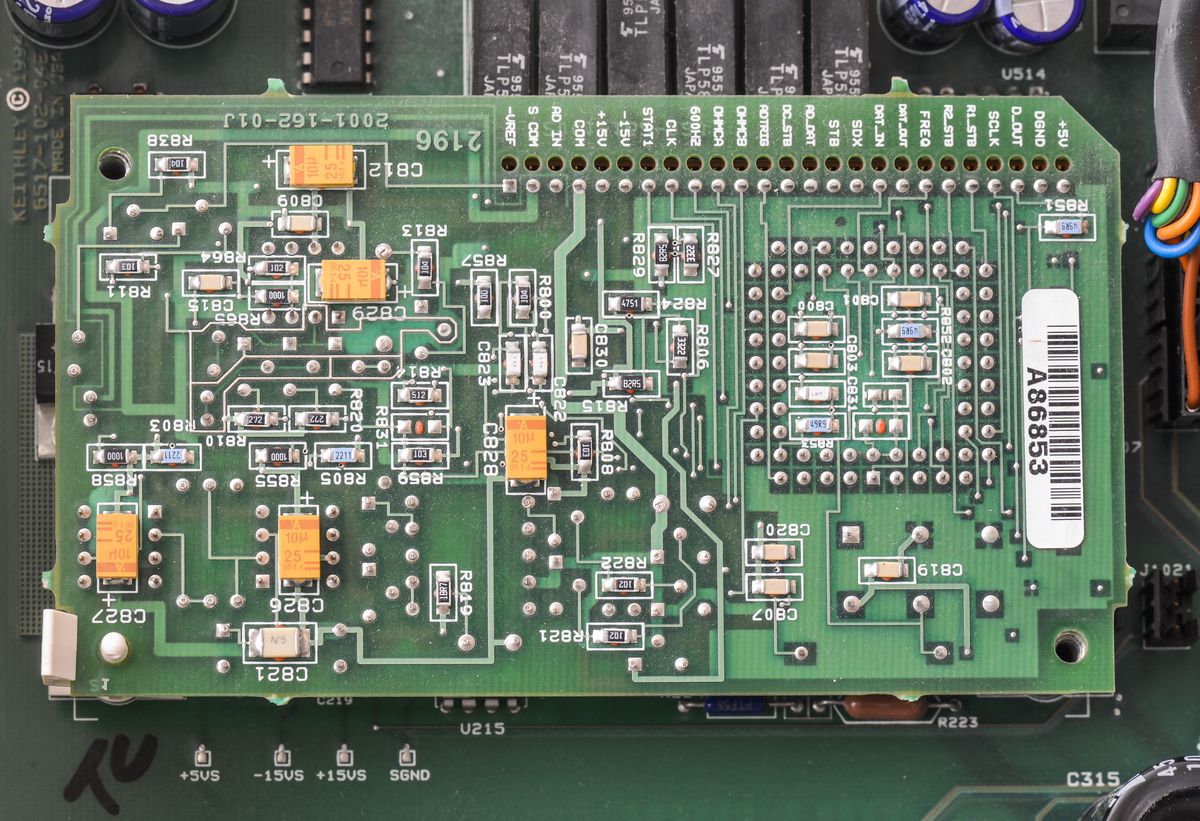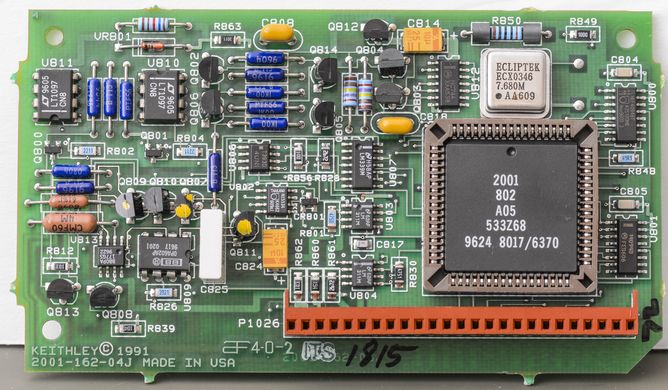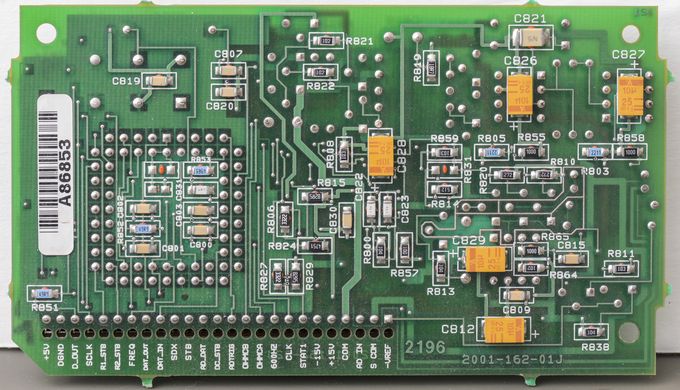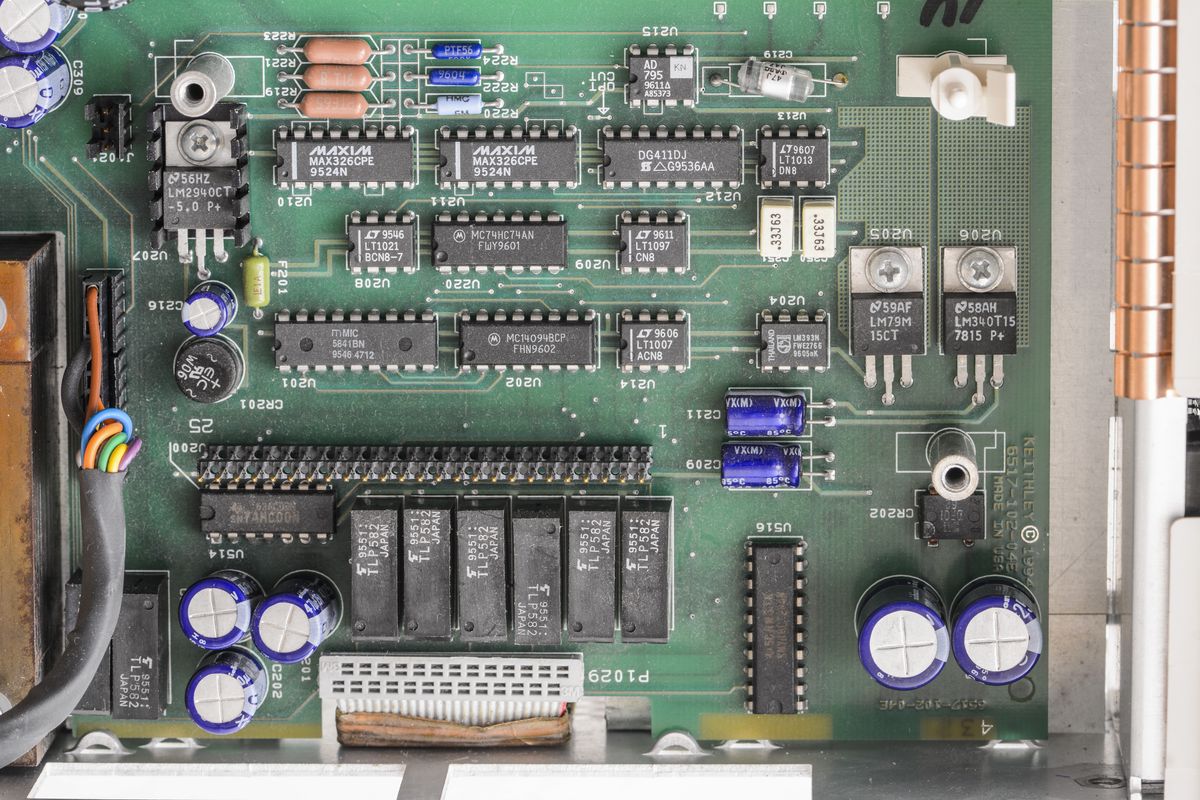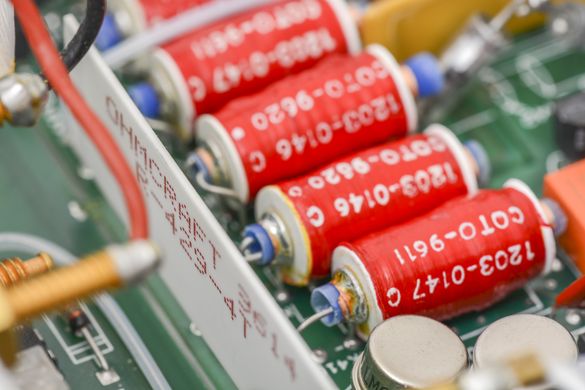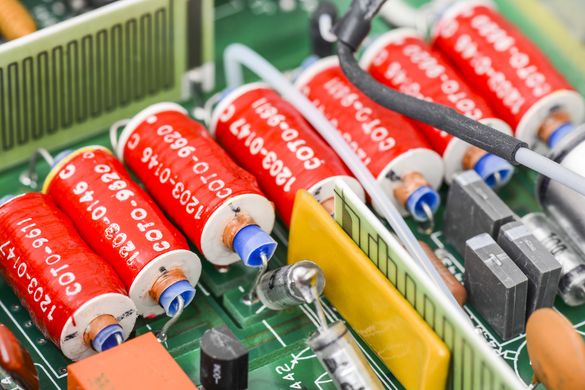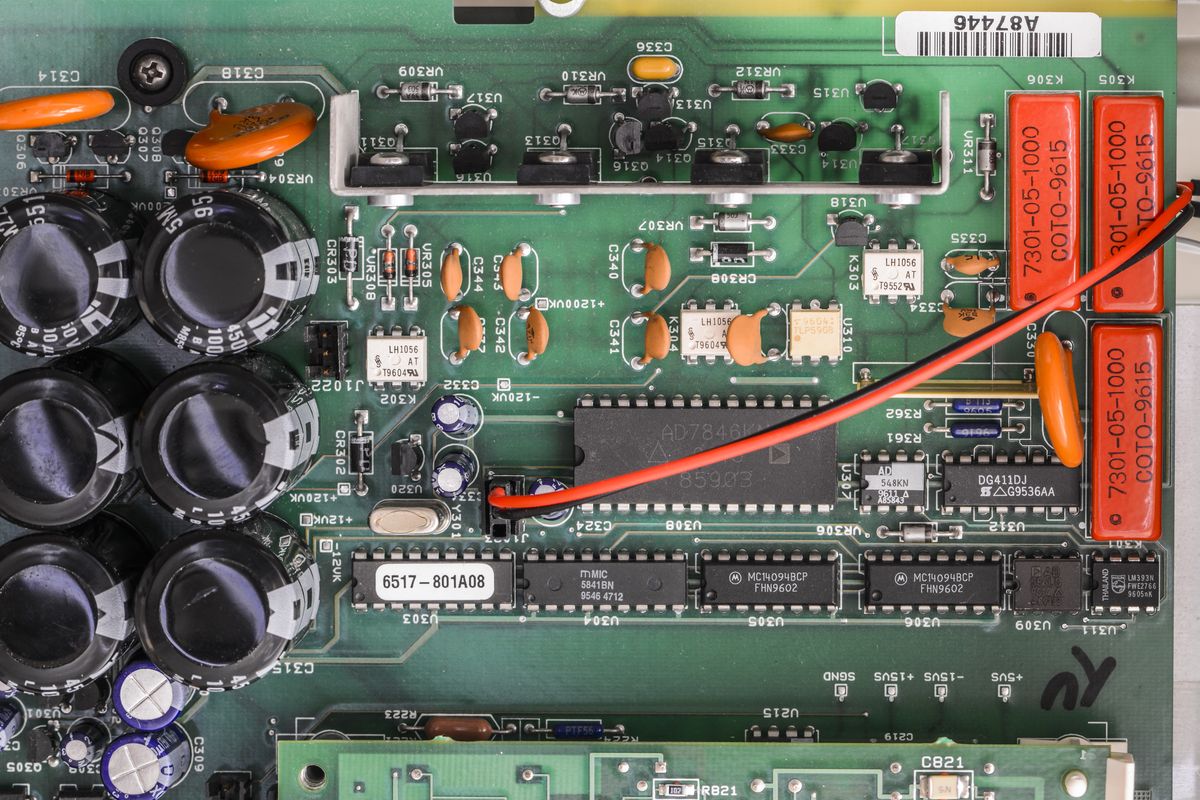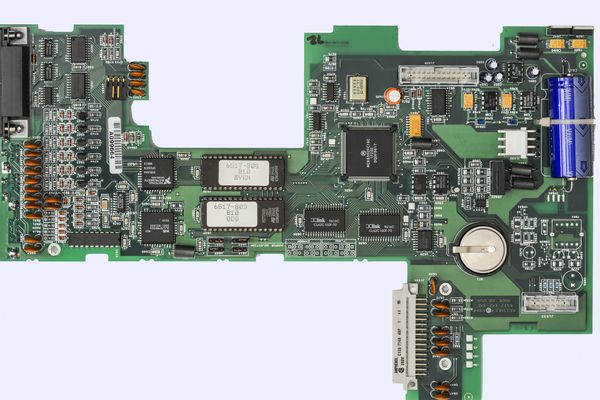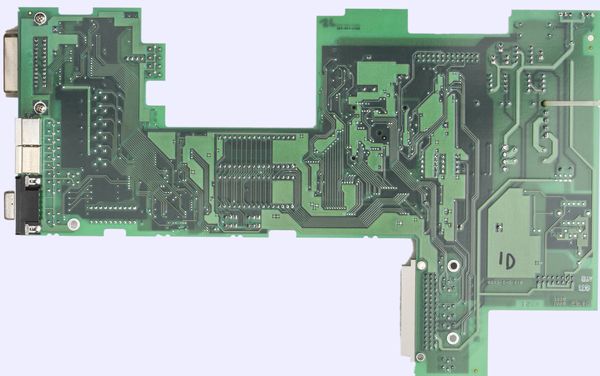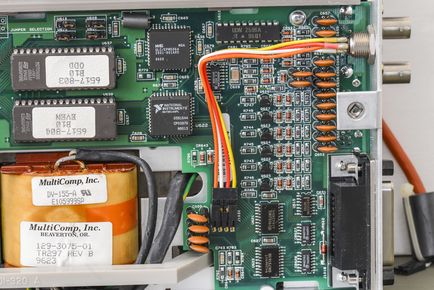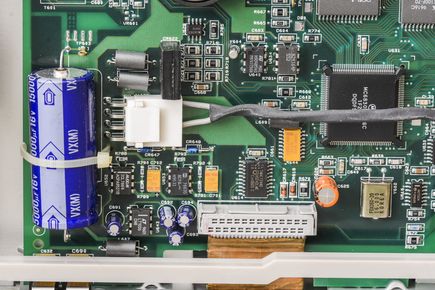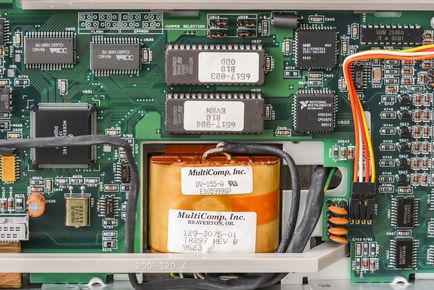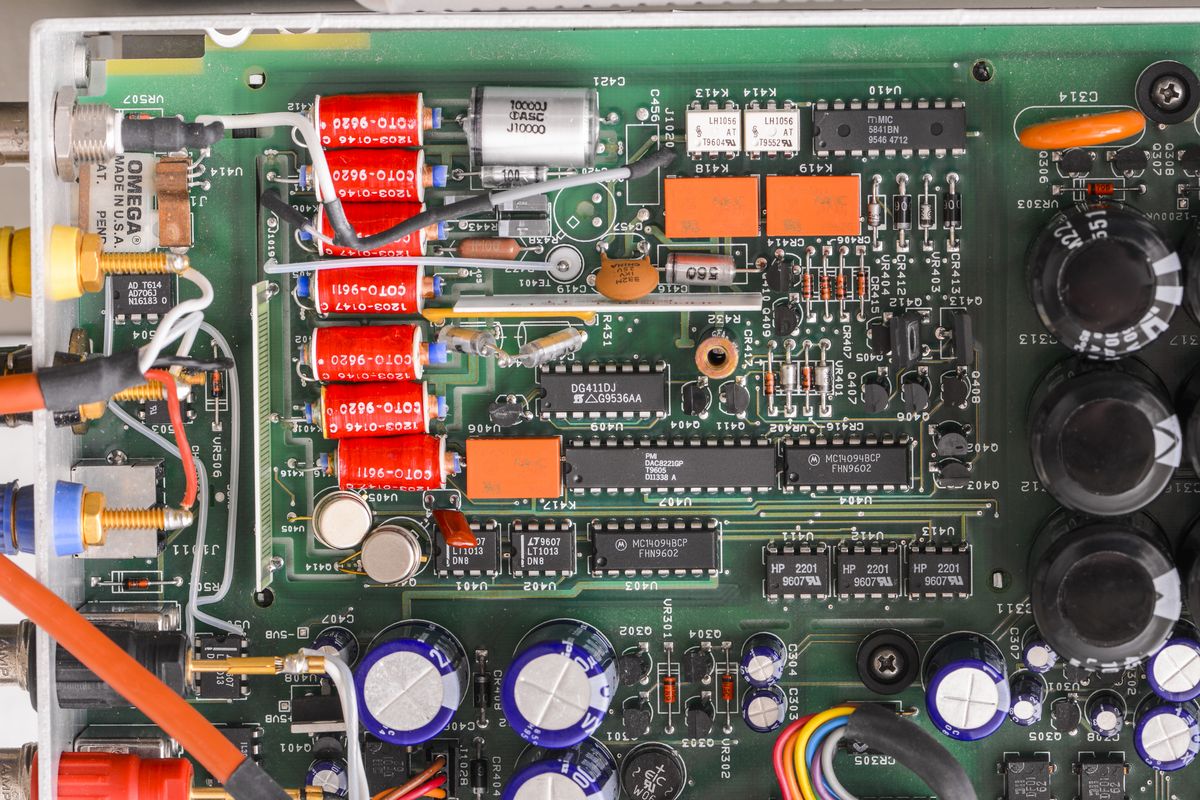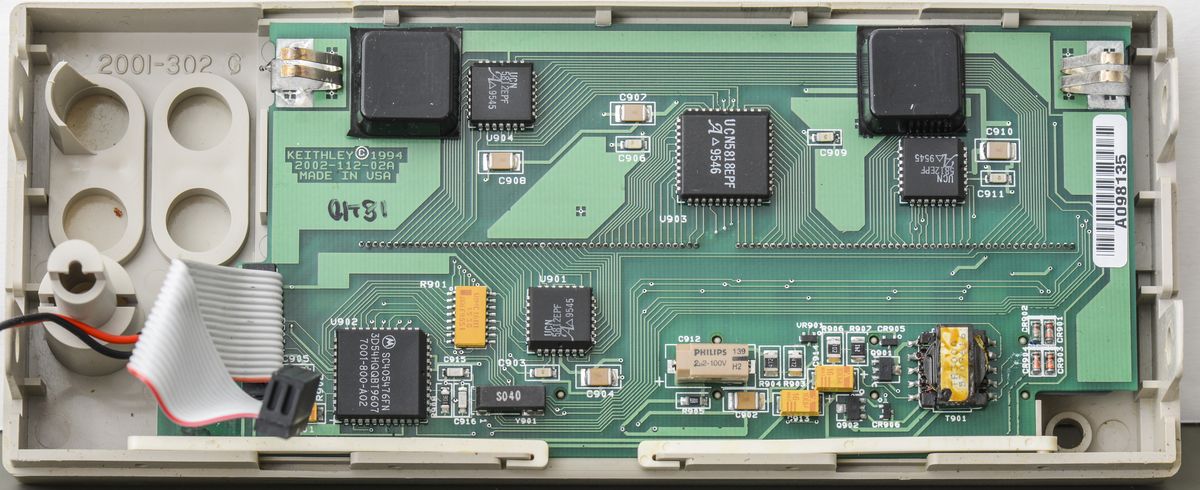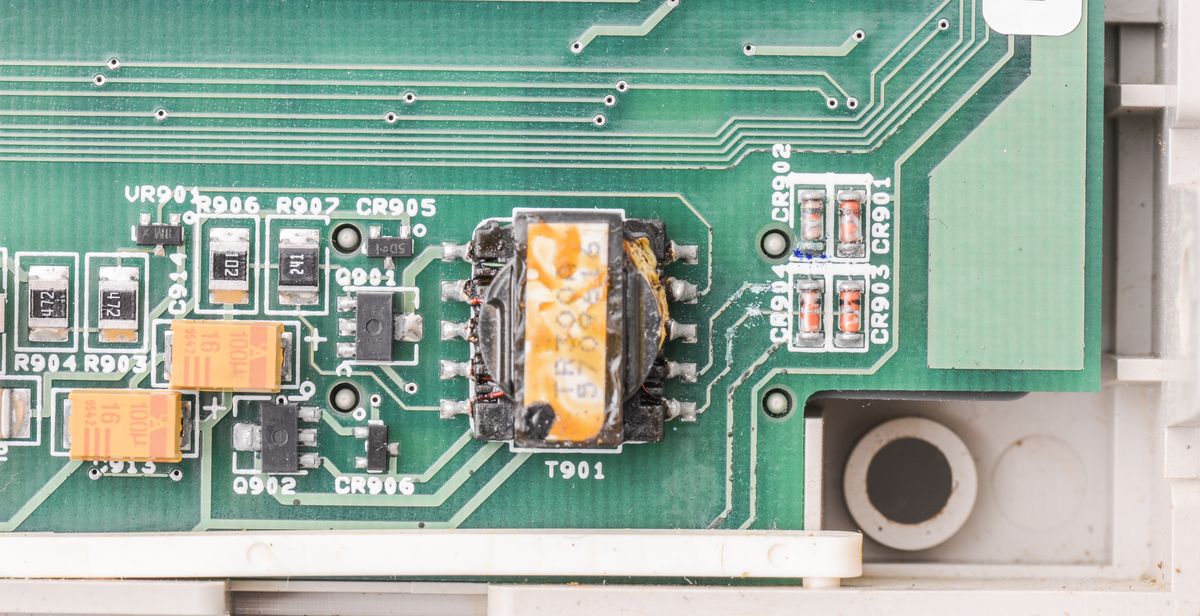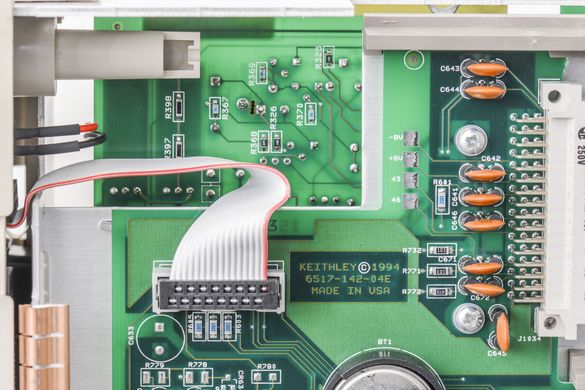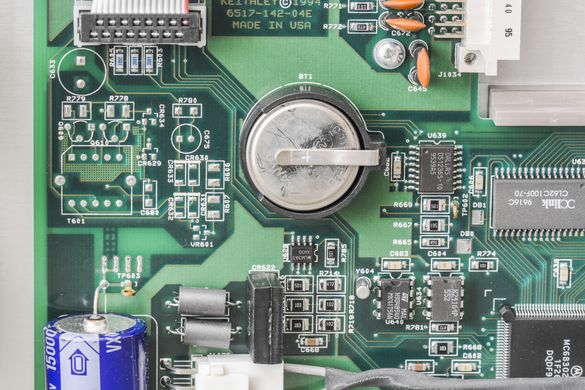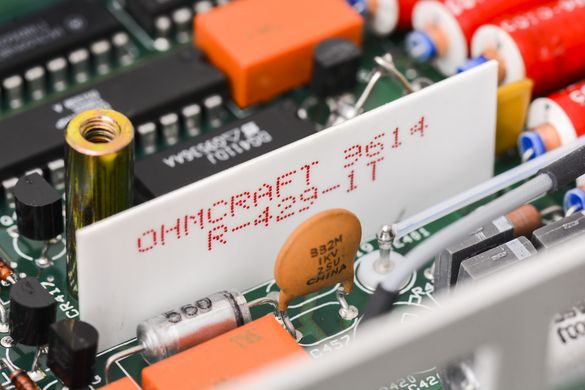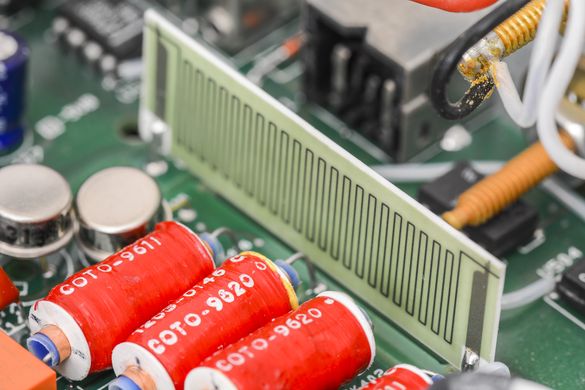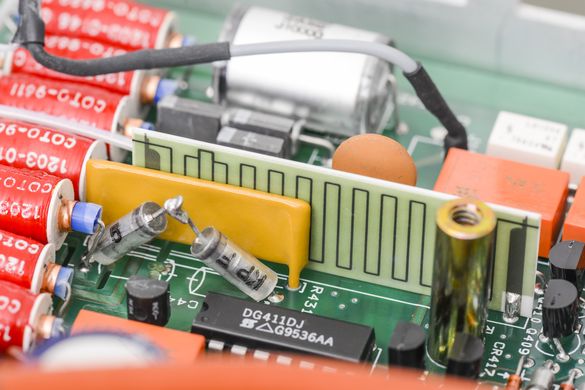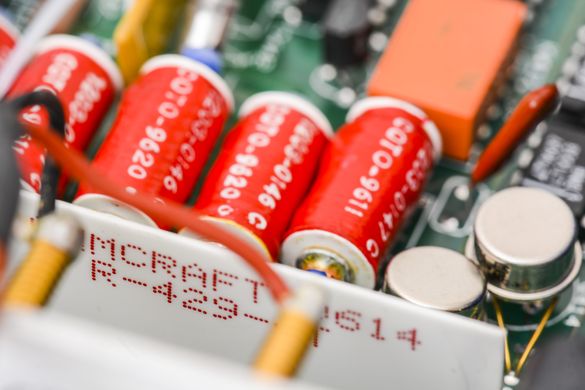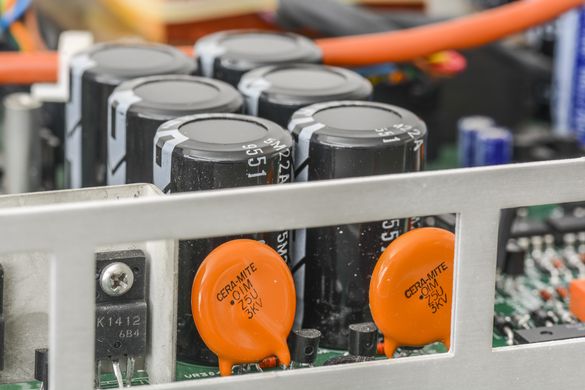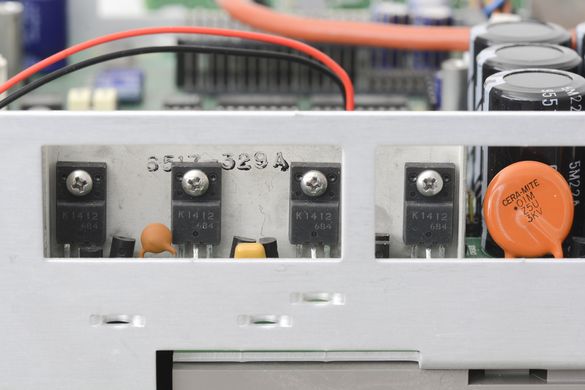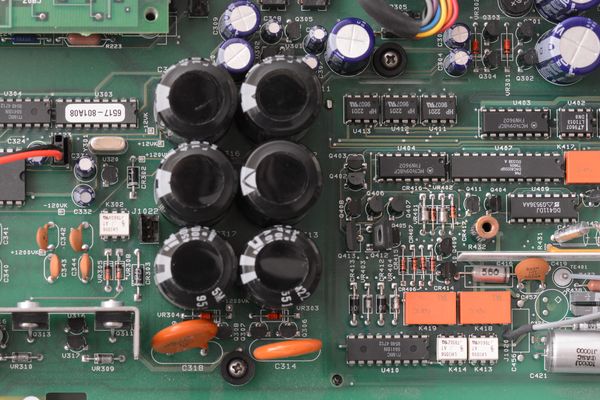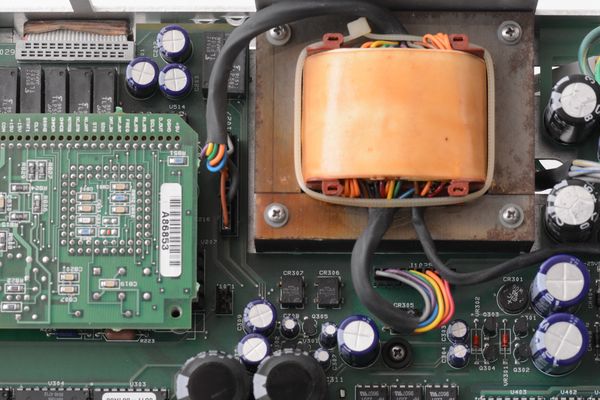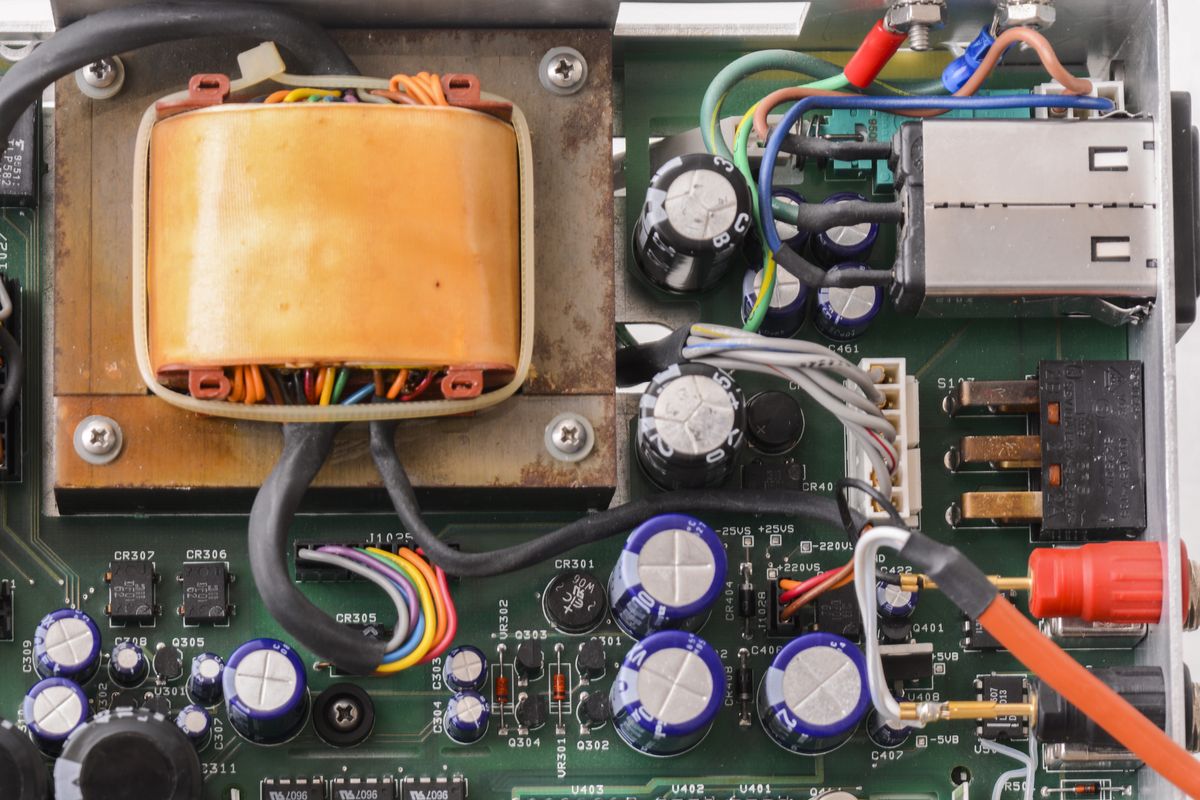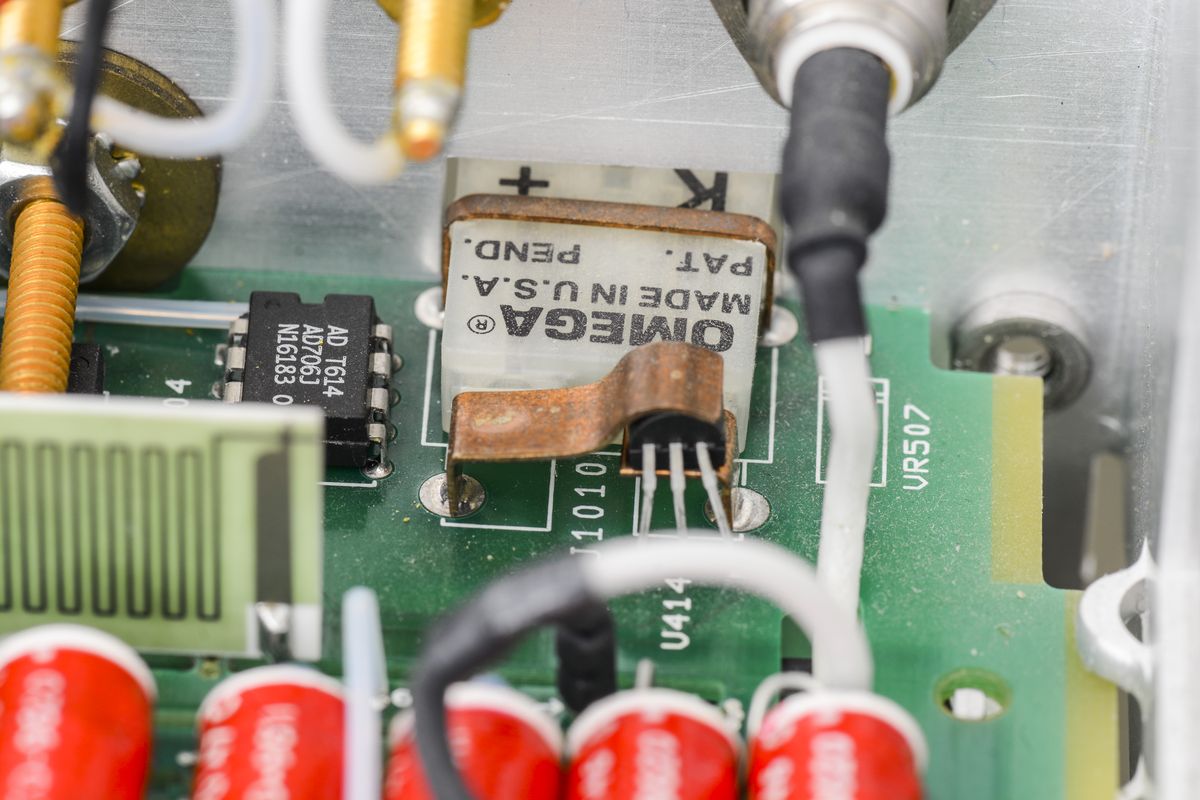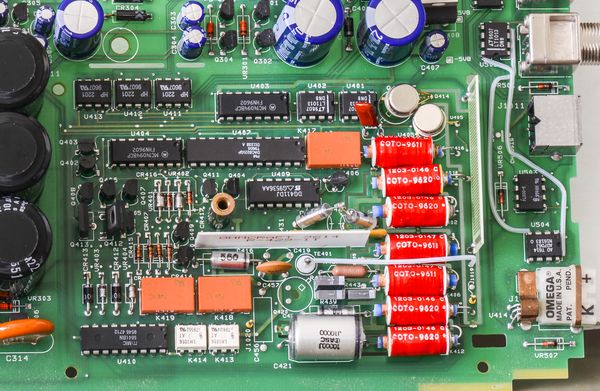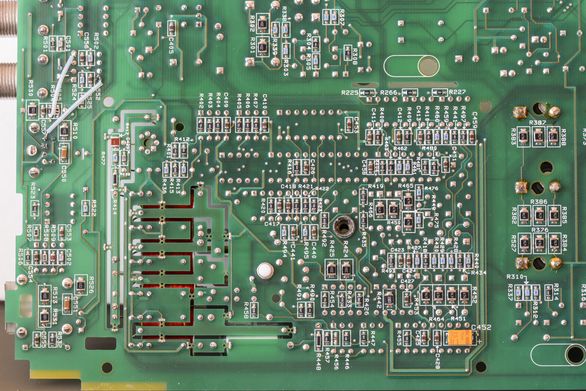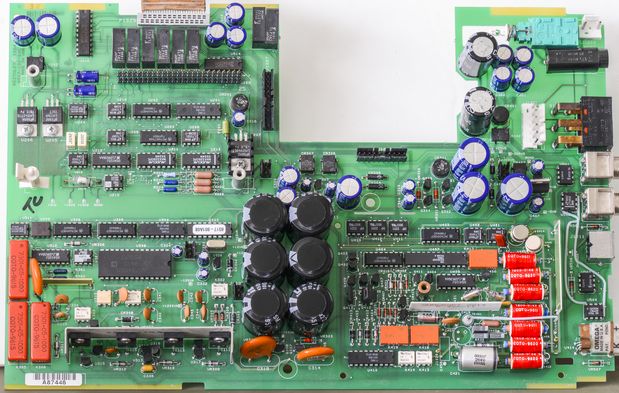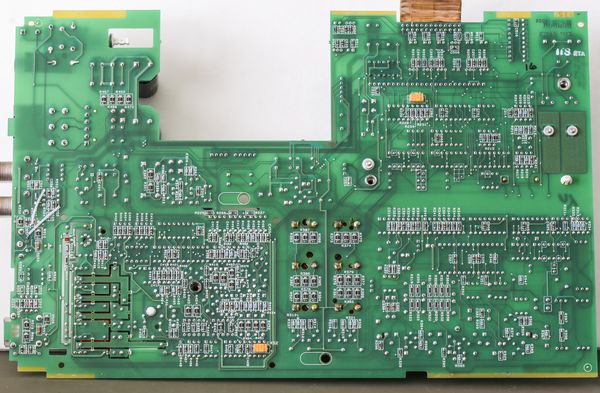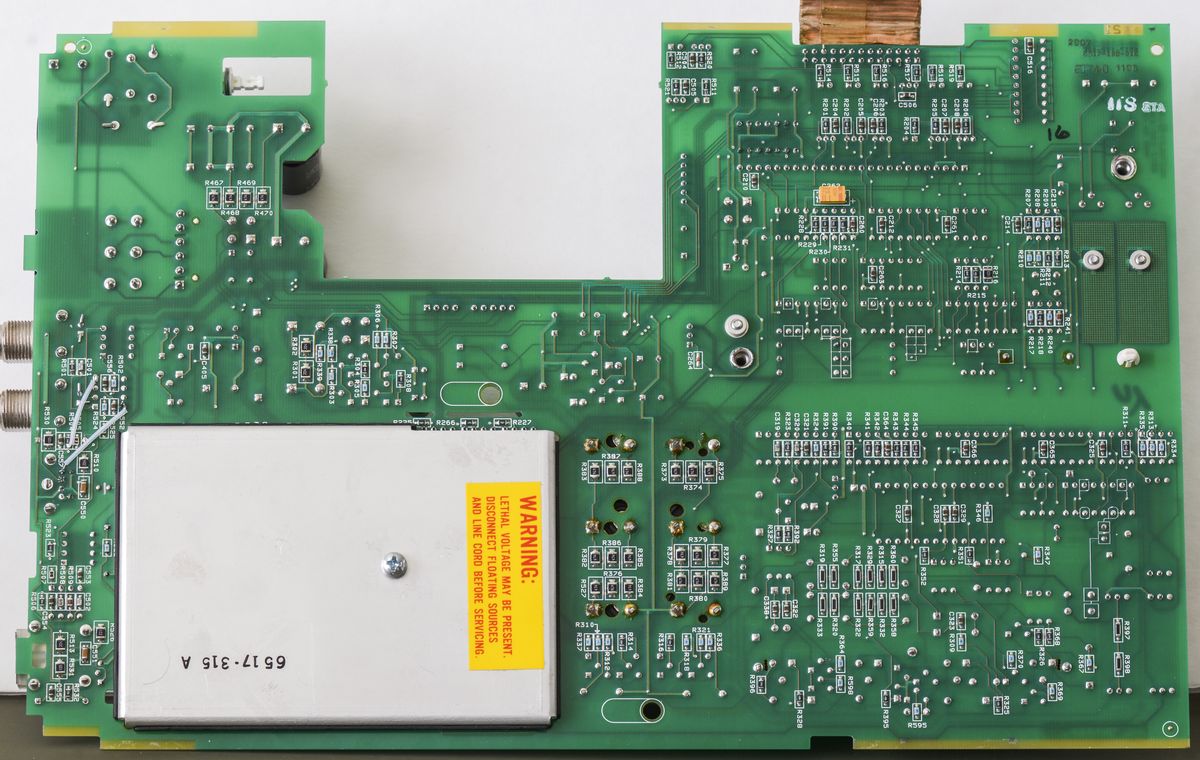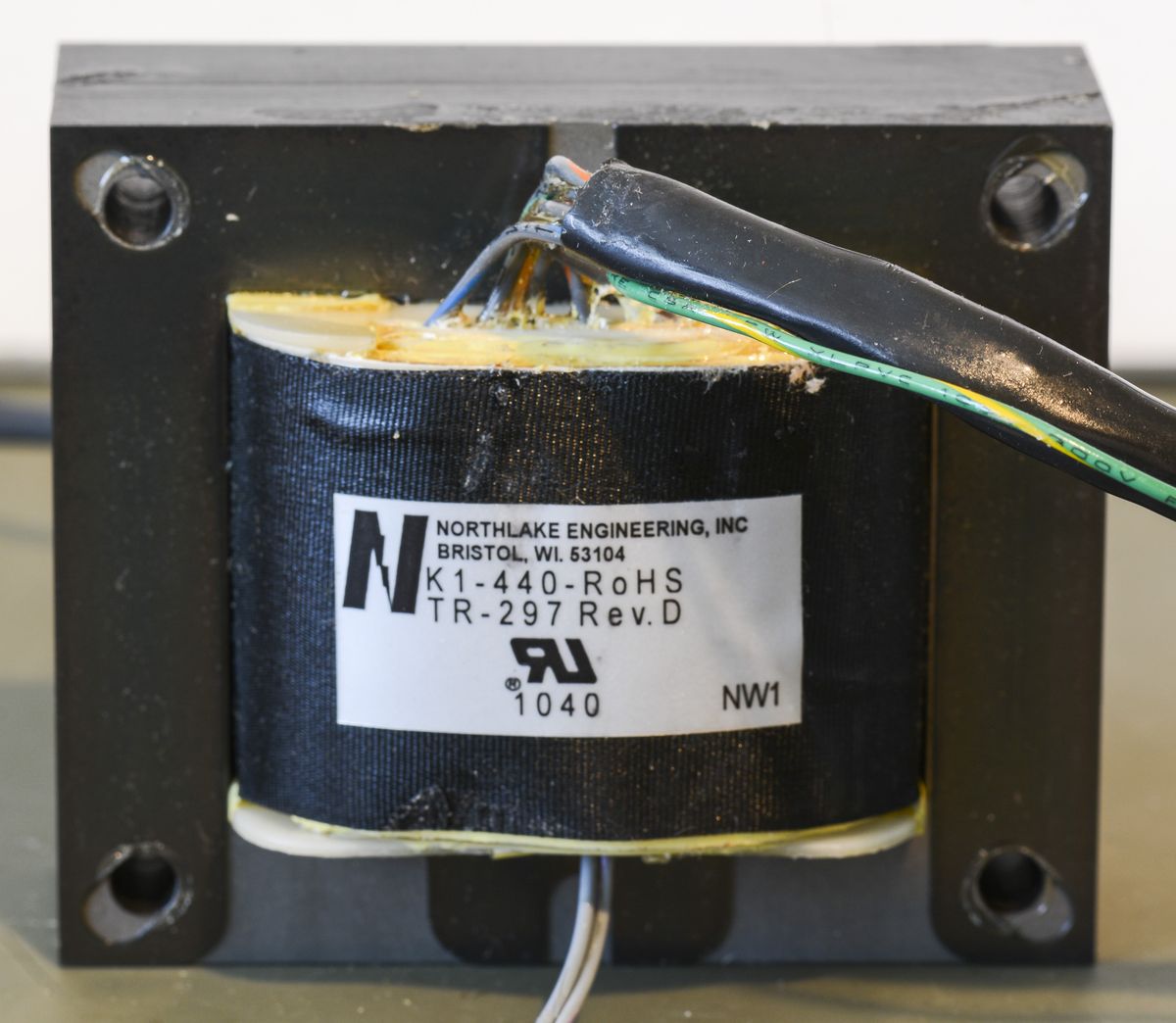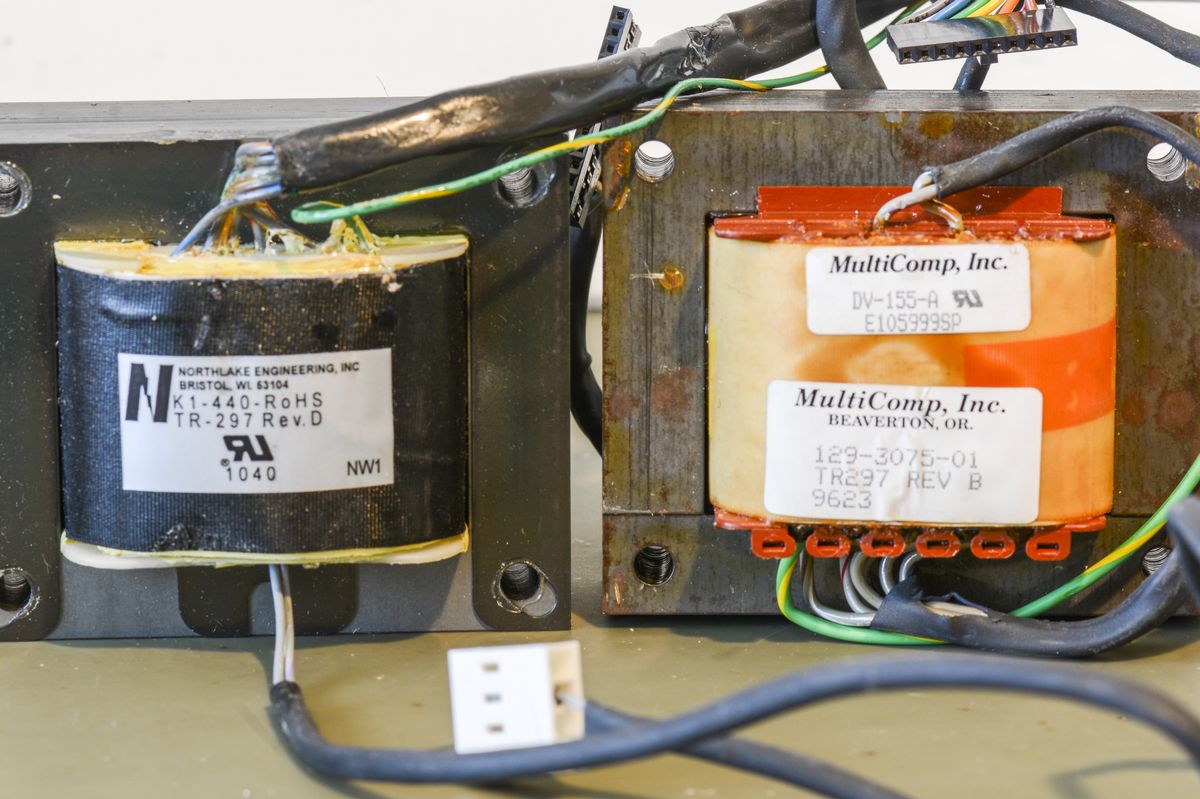Contents
- Intro
- Specification
- Disclaimer
- Initial inspection and basic disassembly
- Manuals references
- Repair workflow
- Chassis repair
- Diagnostics
- Firmware
- Triaxial cables and fixtures
- Calibration
- Performance verification
- Noise evaluation at shorted inputs
- Restoration summary
Intro
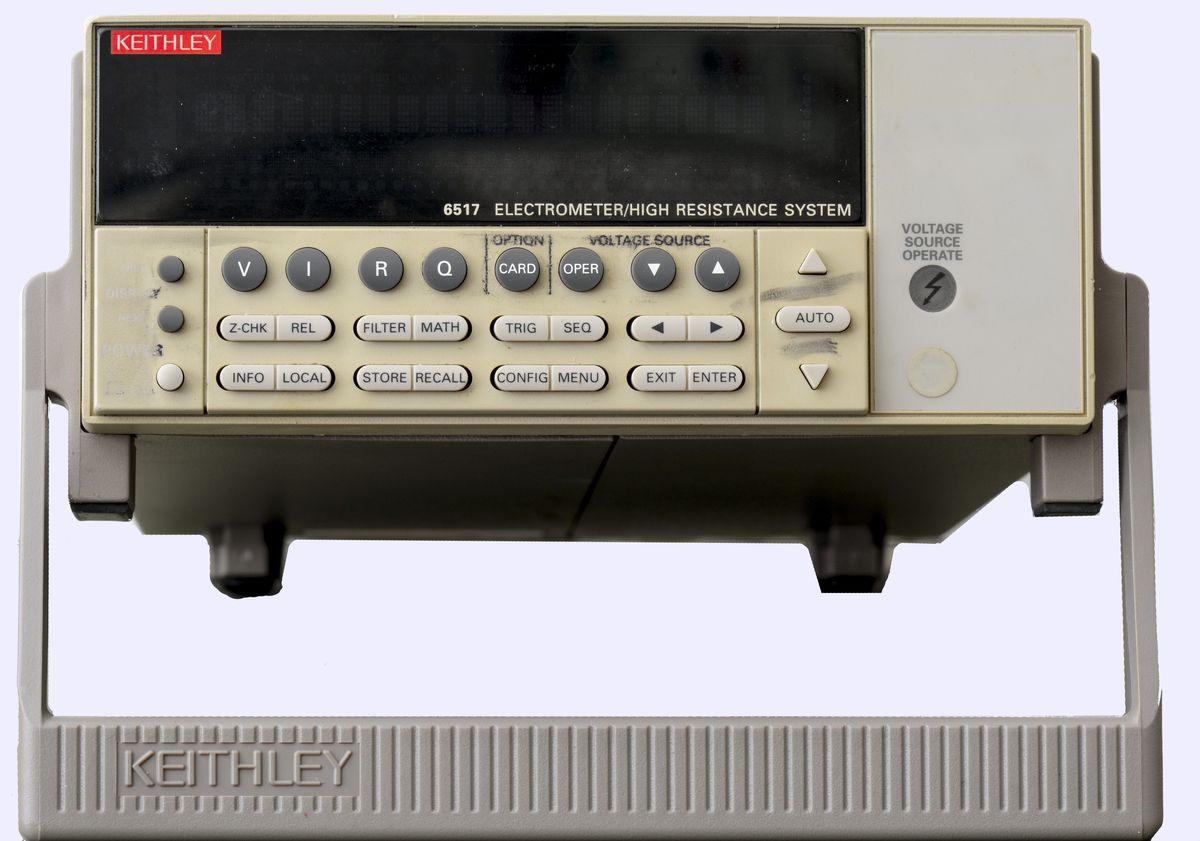
Image 1: Keithley 6517 electrometer
Keithley is well known brand in low-current/high-sensitivity instrumentation. They invented and designed many related instruments and today part of Tektronix, still providing solutions for science, semiconductor and analog application projects.
When design require measurement of very high resistance, starting from Megaohms or testing sensitive high-impedance circuit regular DMM cannot fullfil the task. Even typical 10 MΩ of typical DMM input impedance may ruin the measurement results, or even overload the circuit. Electrometers are special variant of the meter, designed with main purpose to have very high input impedance. Also being niche application tool, manufactured in far less volumes, they often cost much more than regular DMM, often many thousands $USD. Today we will look at such meter, Keithley Model 6517.
Blabla HP 4339.
Here’s a complete list common electrometers:
| Manufacturer | Model | Type | Status |
|---|---|---|---|
| Keithley | 6517 | EM/HRM | Obsolete model |
| Keithley | 6517A | EM/HRM | Obsolete model |
| Keithley | 6517B | EM/HRM | Current model |
| HP | 4339 | HRM | Obsolete model |
Table 1: Electrometers DMMs
It does take tremendous amount of time and effort to test, validate and prove stability and performance of such machines, where no detail is insignificant.
Let’s see what we have to do to get unit back to operational state. My plan for this project is to perform full component level repair, and perform overall study of instrument’s internal construction, as repair advances. This means we will not be doing expensive boards swap unless absolutely unavoidable.
As usual, all photos are clickable for high-resolution version.
Specification
Brief specification lalala
| Function | Range | ||||||||
| DC Voltage | 100mV | 1 V | 10 V | 100V | 1000 V | ||||
|---|---|---|---|---|---|---|---|---|---|
Table 2: Model 6517 family key specifications
Disclaimer
Redistribution and use of this article or any images or files referenced in it, in source and binary forms, with or without modification, are permitted provided that the following conditions are met:
- Redistributions of article must retain the above copyright notice, this list of conditions, link to this page (/fix/kei6517/) and the following disclaimer.
- Redistributions of files in binary form must reproduce the above copyright notice, this list of conditions, link to this page (/fix/kei6517/), and the following disclaimer in the documentation and/or other materials provided with the distribution, for example Readme file.
All information posted here is hosted just for education purposes and provided AS IS. In no event shall the author, xDevs.com site, or any other 3rd party, including Tektronix/Keithley be liable for any special, direct, indirect, or consequential damages or any damages whatsoever resulting from loss of use, data or profits, whether in an action of contract, negligence or other tortuous action, arising out of or in connection with the use or performance of information published here.
If you willing to contribute or add your experience regarding HP/Agilent/Keysight instruments repairs or provide extra information, you can do so following these simple instructions
Initial inspection and basic disassembly
Damaged parts (and current status):
- Dead xfrmr Replacement WIP
- Corroded traces on front-panel Cleaning/soldering pending
Unit covers are bit dirty overall.
Pay attention to mains voltage selection switches, located near mains IEC connector. Using incorrect voltage setting (e.g. 120VAC with 220VAC mains) will likely to destroy transformer, as it is linear type and directly wired to mains! This is likely what happened to my unit by previous owner, and was a root cause of damage. New transformer cost is $650 USD + tax, so was rather pricey mistake!
Manuals references
Original model, covered in this article.
Model 6517 User’s Manual, July 1995, Rev.D old
Model 6517 User’s Manual, July 1995, Rev.D digitized
Newer Model 6517A, which is obsolete today and replaced since 2008:
Model 6517A Electrometer/High Resistance Meter Getting Started Manual
Model 6517A Electrometer User’s Manual, Rev.C
Model 6517A User’s Manual, May 2003, Rev.D
Model 6517A Service Manual, April 1999, RevB. no schematics
Procedure to Properly Zero the Model 6517A
Model 6517A Specifications page, 3/5/2009, Rev.D 2009.pdf
Latest and current Tektronix/Keithley Model 6517B:
Model 6517B Electrometer User’s Manual 6517B-900-01 Rev. A / June 2008
Model 6517B Reference Manual 6517B-901-01 Rev. B / June 2009 2009—Ref.pdf
Differences between the new 6517B and the 6517A version
Repair workflow
Before starting any repair, good idea to read thru repair manuals, to get idea of board functions and purpose.
Also worth to note requirement of adjustments/recalibration procedures, from repair manual, in case of board replacement/repair:
| Ref Designator | Agilent Part Number | Assembly Description | Adjustments Needed |
|---|---|---|---|
| A1 | 03458-66501 | Front panel | DC circuitry Offset, DC Gain,Resistance, and DC Current Adjustments |
| A2 | 03458-66502 | AC converter | AC Adjustment |
| A3 | 03458-66503 | A/D converter and Inguard logic | Offset, DC Gain,Resistance, DC Current,and AC Adjustments |
| A4 | 03458-66504 | Inguard power supply | ACAL ALL |
Table 3: 3458A Board model numbers and definitions
Boards condition check
Before doing any repairs or applying power, wise to check physical condition of components and boards inside instrument. Often this easy operation can spot obvious failures, such as blown MOSFETs, burnt resistors or missing parts, saving time for further repair.
Have a close look on electrolytic capacitors, especially if instrument’s age is more than 10 years. If you see leaked electrolyte or bulging capacitors, do not apply power. Replace broken parts and clean board thoroughly, to avoid further damage. Often electrolyte soaks into PCB via’s and eat copper tracks, so pay close attention to condition. If any visible discoloration found, use DMM to check connection resistances, and rewire broken nets, if needed.
Good idea to replace old electrolytic aluminum capacitors to fresh ones even if they look okay. It does not cost much, but will save the question regarding if original ones are good or bad, or at borderline. Important to keep same voltage and capacitance rating, and ESR/ESL spec as original caps, unless you really know what you are doing.
Now take a look on PCB and fix issues as we go. Order is
Diagnostics
Now after all initial repairs are complete, it’s time to power it up and test main functions and operation, and likely jump into more complex debug & repair.
Firmware
In many cases an old unit might have been retrofitted with newer firmware, so later firmware revision cannot be used as proof of the date of manufacture.
Firmware is available for download on xDevs.com /docs/ server directory for versions C03, C04 and C05
Disabling VFD to save it’s life during remote operation
Vacuum fluorescent displays are prone to age and lose their brightness with age. This is visible by “burned out” pixels, which are constantly lit. To prevent this happening and prolong display’s life, it’s good idea to turn VFD OFF during remote/long-term operation. Simply send GPIB command DISP OFF plus a blank message text, such as:
:DISP:WIND:TEXT:DATA ' ' :DISP:WIND:TEXT:STAT ON
Calibration
Repair of instrument is one thing, but how do we know if it’s good and meets specifications? Well, we don’t, unless we test known standards/voltages and compare readings from meter to actual values. If reading not match actual value more than specification limits, meter need adjustment. Process of comparison measurements to known value (either it need adjustment or not) is called calibration.
Table 15: Calibration test result
Table 16: Initial calibration values readout
Also here’s toolkit to read calibration ROM via GPIB interface:
Performance verification
To be done.
Restoration summary
| Item | Cost | Shipping | Supplier |
|---|---|---|---|
| Dead Keithley 6517 | ??0$ | ??0$ | eBay |
| Transformer Keithley TR | 6??$ | N/A | Tektronix |
Table 21: Project cost
Also some generic parts were ordered from DigiKey store, such as DC fan, capacitors for A6 board, suspect resistor arrays for logic on DC board and new IEC connector mains filter. Here’s order list.
| Quantity | Part Number | Description | Extended Price USD |
|---|---|---|---|
| 3 | 399-4433-ND | CAP CER 2.2UF 50V X7R RADIAL | 9.72 |
Table 22: First Digikey order for parts
Total repair cost in parts as for today: $??. USD
| Date | Activity | Time spent |
|---|---|---|
| 8/21/2017 | Received unit, initial teardown, photos | 3 hour |
Table 23: Time worklog summary
Total man-hours spent on this project around 6 hours, give or take few. Was it worth doing?
- Nikon D750 with 105/2.8Micro + AF-S 35/1.8 DX, tripod, light
- 1L of IPA and alcohol to clean chassis and parts
- Google – used lots of it!
Thanks for reading. Hope you like the article, and if you do have any questions, jump in comments!
Article revision: 1
Projects like this are born from passion and a desire to share how things work. Education is the foundation of a healthy society - especially important in today's volatile world. xDevs began as a personal project notepad in Kherson, Ukraine back in 2008 and has grown with support of passionate readers just like you. There are no (and never will be) any ads, sponsors or shareholders behind xDevs.com, just a commitment to inspire and help learning. If you are in a position to help others like us, please consider supporting xDevs.com’s home-country Ukraine in its defense of freedom to speak, freedom to live in peace and freedom to choose their way. You can use official site to support Ukraine – United24 or Help99. Every cent counts.
Modified: April 22, 2024, 8:35 p.m.

